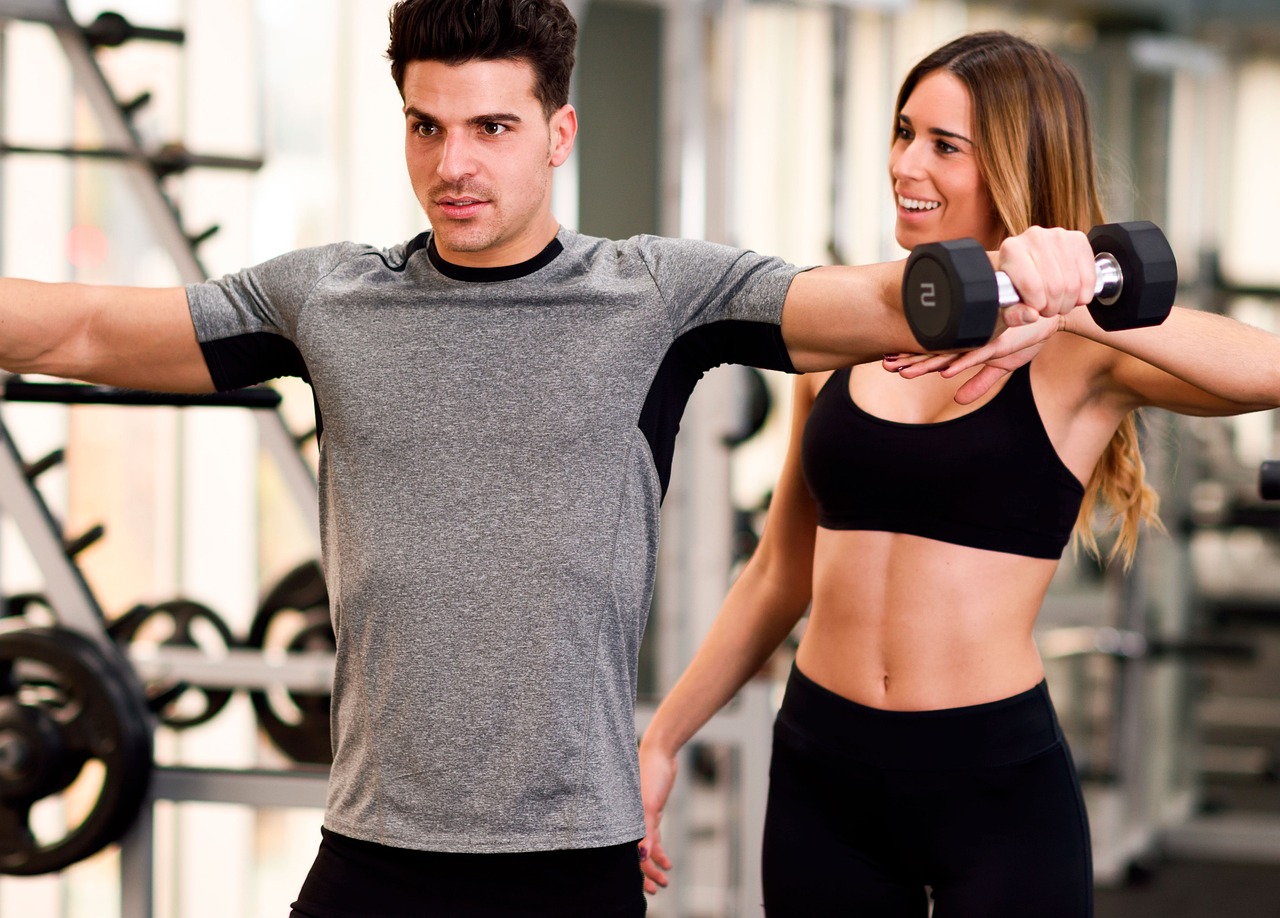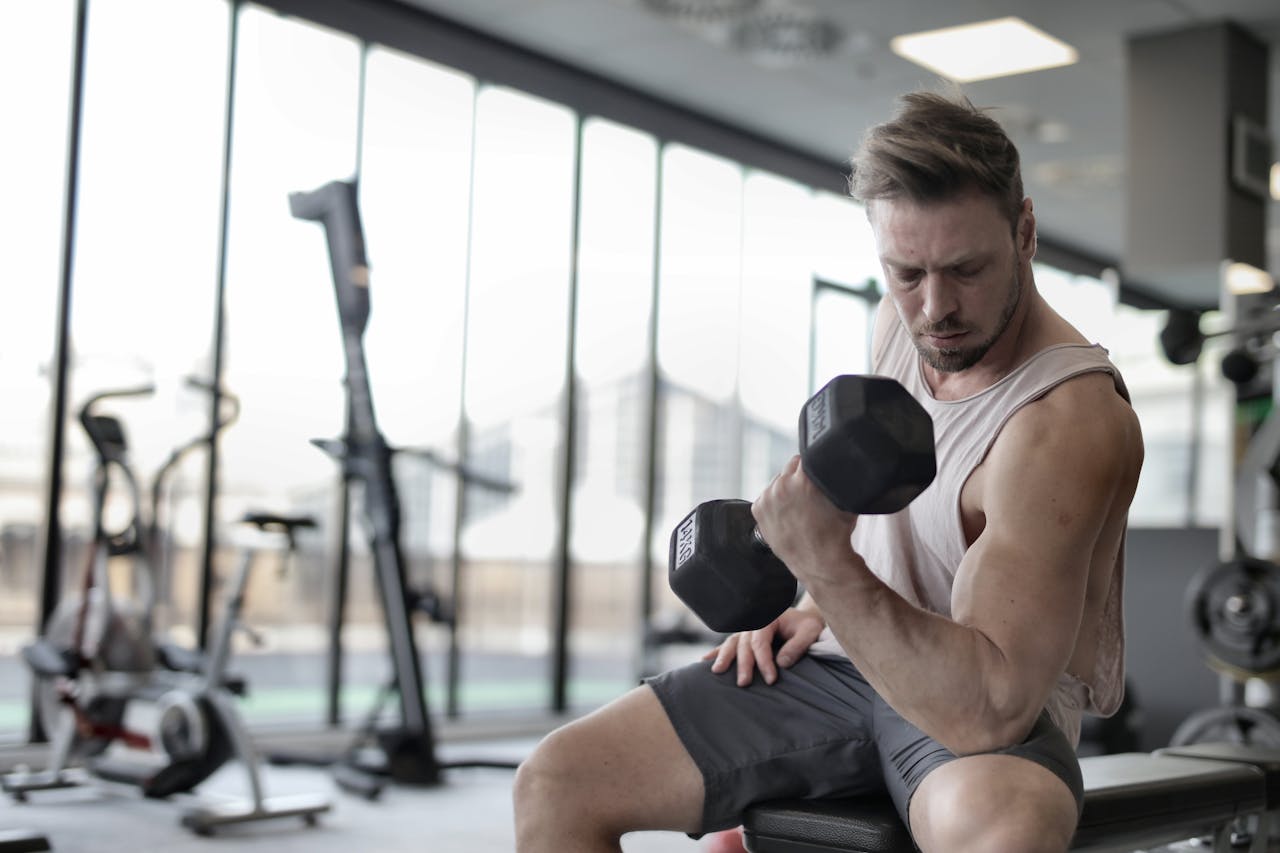The ability to measure and understand your heart rate is a cornerstone of fitness and health management. Whether you are an athlete seeking peak performance or someone aiming to improve overall health, tracking your heart rate offers insights into your cardiovascular efficiency, exercise intensity, and even your body's response to stress and recovery. Let's explore the essentials of heart rate monitoring, the methods, and what it all means for your health and fitness.
Understanding How to Measure Heart Rate
The most common places to measure heart rate using the palpation method are the wrist (radial artery) and the neck (carotid artery). Other locations sometimes used include the elbow (brachial artery) and the groin (femoral artery). For beginners, the wrist and neck are the easiest and most accessible.
To measure your heart rate at the wrist, place your index and middle fingers on the opposite wrist, about half an inch inside the joint, aligned with the index finger. Feel for a pulse. Once located, count the number of beats you feel over a minute. For quicker estimates, count for 10 seconds and multiply by six, 15 seconds and multiply by four, or 30 seconds and double the result. While these shortcuts are convenient, they introduce potential errors, so for precision, count for the full 60 seconds when accuracy matters most.
Best Practices for Measuring Resting Heart Rate
Resting heart rate (RHR) reflects the number of heartbeats per minute when the body is at rest, offering a baseline for assessing cardiovascular fitness and recovery. The best time to measure RHR is in the morning, right after waking but before getting out of bed. Allow yourself 2-5 minutes of calm before measuring. This ensures your body transitions smoothly from sleep, reducing the impact of external stimuli on your reading.
Track your RHR regularly to identify trends. Variations can indicate adaptation to training, potential illness, or signs of overtraining. For example, if your RHR is consistently 10 beats higher than usual, consult your coach or doctor, especially if it persists for several days. Over time, as fitness improves, your RHR should decrease. This occurs because a stronger, more efficient heart pumps more blood with each beat, reducing the need for frequent contractions at rest.
Heart Rate Measurement During Exercise
While manual heart rate measurement is possible during exercise, it can be challenging due to movement and rapid changes in heart rate. Devices like heart rate monitors or ECG/EEG equipment are more reliable, particularly for tracking fluctuations during high-intensity activity. These tools provide real-time feedback, allowing you to monitor and adjust exercise intensity effectively.
Your exercise heart rate reflects workout intensity and provides critical data for optimizing performance. As fitness improves, your heart rate at a given workload decreases, signaling better cardiovascular efficiency. Tracking this progression is a motivating indicator of your training program's effectiveness.
Maximum Heart Rate and Exercise Intensity
Maximum heart rate (MHR) is the highest number of beats per minute your heart can achieve during maximal exertion. It can be measured through a maximal exercise test, but since heart rate decreases rapidly once exercise ceases, a heart rate monitor or ECG is necessary for accurate measurement. For those who prefer estimation, the formula "220 minus your age" provides a ballpark figure. However, this method can vary by up to 10 beats from your actual MHR.
MHR is a valuable tool for setting exercise intensity. Many fitness programs recommend training at specific percentages of your MHR to achieve desired outcomes, such as fat burning, aerobic conditioning, or peak performance. For example, exercising at 60-70% of your MHR targets fat-burning zones, while higher percentages emphasize cardiovascular endurance.
Normal Resting Heart Rate Ranges
Resting heart rates can vary widely among individuals, influenced by factors like age, fitness level, and overall health. A typical RHR ranges from 40 to 100 beats per minute, with the ideal range being 60-90 bpm. The average RHR for men is around 70 bpm, while for women, it is slightly higher at 75 bpm due to physiological differences such as smaller heart size and higher resting metabolic rates.
Elite athletes often have resting heart rates below 60 bpm, sometimes as low as 40 bpm, reflecting a highly efficient cardiovascular system. However, a significantly low RHR in non-athletes may indicate bradycardia, which requires medical evaluation. Conversely, a consistently high RHR may signal stress, poor fitness, or underlying health issues like hyperthyroidism or dehydration.
The Importance of Tracking Heart Rate
Monitoring your heart rate offers numerous benefits beyond measuring fitness progress. It can help detect early signs of overtraining, illness, or cardiovascular issues. For athletes, heart rate data provides insights into recovery status, helping prevent burnout and injury. For the general population, it serves as a tool for managing stress and improving overall health.
Technological advancements have made heart rate tracking more accessible and accurate. Wearable devices like smartwatches and fitness trackers offer continuous heart rate monitoring, enabling users to track trends over time. Paired with apps, these tools can provide valuable feedback on sleep quality, stress levels, and exercise performance.
Using Heart Rate for Training Optimization
Heart rate data is invaluable for structuring effective training programs. By dividing heart rate into zones, you can tailor workouts to specific goals:
1. **Zone 1 (50-60% MHR)**: Ideal for recovery and improving basic endurance. This zone is perfect for beginners or for active recovery days.
2. **Zone 2 (60-70% MHR)**: Targets fat burning and aerobic conditioning. Most steady-state cardio sessions fall into this zone.
3. **Zone 3 (70-80% MHR)**: Enhances aerobic capacity and stamina. Suitable for moderate-intensity runs or cycling sessions.
4. **Zone 4 (80-90% MHR)**: Focuses on improving anaerobic capacity and high-intensity performance. Interval training often utilizes this zone.
5. **Zone 5 (90-100% MHR)**: Reserved for maximal effort, such as sprints or intense HIIT sessions. Training in this zone boosts peak performance but requires proper recovery.
Understanding and monitoring your heart rate is a powerful tool for optimizing health and fitness. Whether you're aiming to improve endurance, burn fat, or enhance athletic performance, heart rate data provides a roadmap to achieving your goals. By incorporating regular monitoring into your routine, you can make informed decisions, track progress, and ensure that your efforts yield the best possible results.












